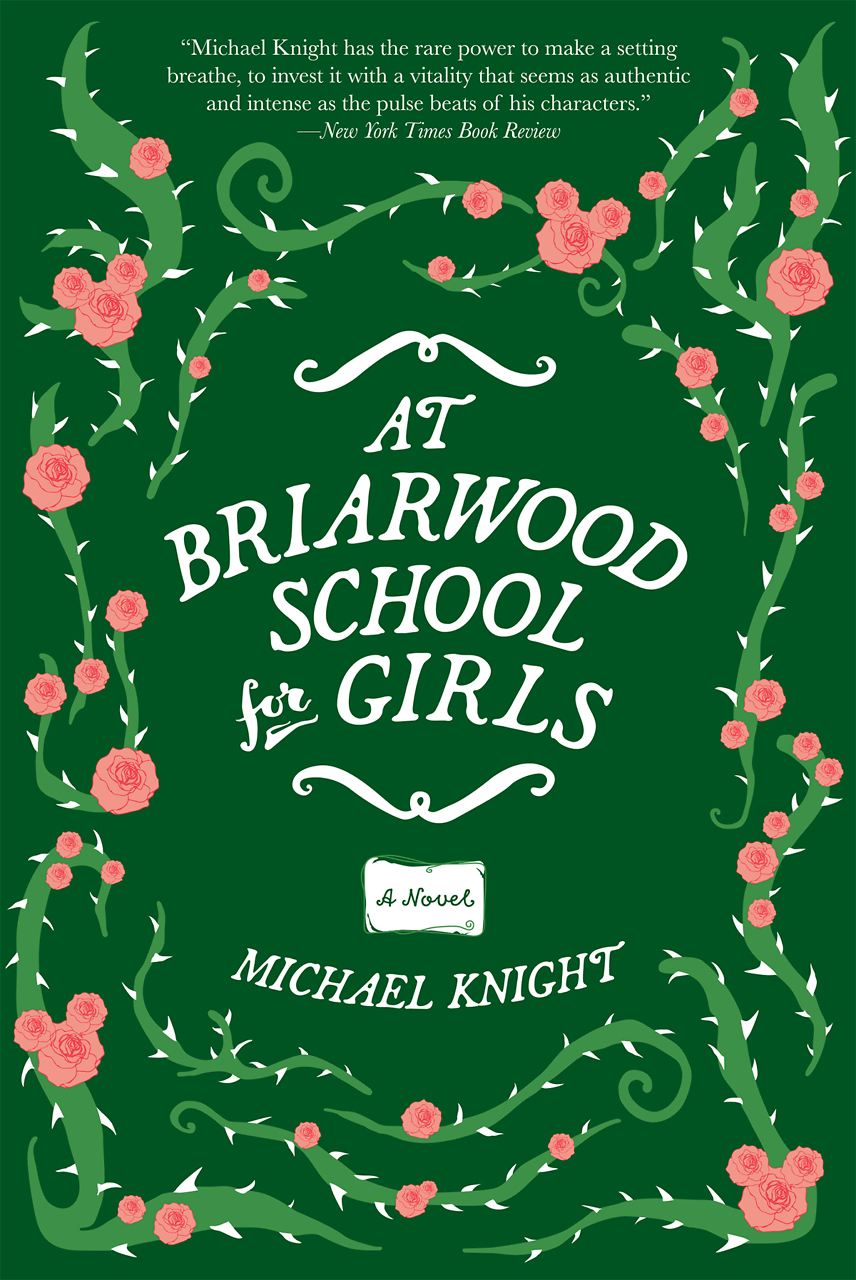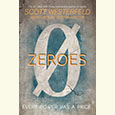Finding a Friend Beneath the Poetree
Shauna LaVoy Reynolds talks with Chapter 16 about her debut picture book
FROM THE CHAPTER 16 ARCHIVE: This interview originally appeared on March 21, 2019.
***
Can you love a tree so much that it loves you back? Sylvia, the young protagonist of Shauna LaVoy Reynolds’s Poetree, is convinced it’s possible and attaches an original ode to spring around the trunk of her favorite birch. When she receives a poem in return, it puts a lift in her step to know the tree has written back.
 After rushing to the park one day “with a heart full of hope,” Sylvia is disappointed to discover that the tree wasn’t writing poems. A mean classmate named Walt has also been leaving poems at the tree, also believing the tree has been communicating with him. The two get past their initial shock, Walt offers up an apology for his cruelty at school, and the two poets find a way to make amends and forge a friendship.
After rushing to the park one day “with a heart full of hope,” Sylvia is disappointed to discover that the tree wasn’t writing poems. A mean classmate named Walt has also been leaving poems at the tree, also believing the tree has been communicating with him. The two get past their initial shock, Walt offers up an apology for his cruelty at school, and the two poets find a way to make amends and forge a friendship.
Reynolds, who makes her home outside of Nashville, answered questions via email from Chapter 16.
Chapter 16: This is your debut picture book. What was your path to publication?
Shauna LaVoy Reynolds: Once I realized that I should be writing for small people, I threw myself into it. I wrote a ton of stories, joined the Society of Children’s Book Writers and Illustrators, and attended local conferences. I started following authors, agents, and editors on Twitter and paying close attention to who was selling what to whom.
When I started querying agents, I got a lot of really encouraging responses—but no offers. I joined the 12×12 picture book challenge in 2015, trying to finish twelve drafts in twelve months. I didn’t quite meet that goal, but I did connect with an amazing critique group and write a handful of manuscripts, including Poetree. I eventually received a few offers of representation and enthusiastically signed with Adriana Dominguez at Full Circle Literary. We went through a few quick rounds of revisions and went on submission. That was a roller coaster.
I received incredibly valuable feedback on the story during the process, even from editors who ultimately didn’t offer. Poetree sold to Dial at auction, and then the real waiting began—waiting for the deal announcement to be public; waiting for the editor and art director to find the perfect illustrator; and waiting for that illustrator, starting from scratch, to create the art. I’m not a patient person, but of course it’s worth the wait. It’s all worth the wait.
Chapter 16: Can you talk about how this story came to be? Did the evocative title come first?
Reynolds: The title did come first! I bet that works out better for picture-book authors than novelists.
Once the word “poetree” bloomed in my brain, I couldn’t let go. At first I thought it must be about a tree who wrote poems, but I knew a tree for a main character would be a difficult pitch. Then I thought the tree and a child could write poems for each other, but where’s the conflict in that? I realized it could be interesting if a child just thought she was writing back and forth with a tree.
I rarely write in rhyme, so it was fun to compose the poems within the story and to do so in the voices of the characters. It was kind of a breakthrough when I realized that, even though I would never rhyme “writing” with “sit beside-ing,” a kid totally might. They’re so much smarter than us.
Chapter 16: Your website says you’ve lived in six different states but that you’ve lived in Tennessee the longest. Do you think Tennessee’s beautiful landscapes—particularly its trees—helped to inspire this tale?
 Reynolds: Springtime in Tennessee feels almost magical to me. At the end of winter, it seems like everything is going to be grey forever, and a week or two later it’s a different world with a million shades of green. There’s a stretch of road just outside of my subdivision that’s sublime in the spring. It feels like driving through a tunnel of branches and shadows and light—almost distractingly beautiful. The child’s-eye descriptions of Sylvia looking up through the leaves were inspired by the way I feel driving down that street at certain times of the year.
Reynolds: Springtime in Tennessee feels almost magical to me. At the end of winter, it seems like everything is going to be grey forever, and a week or two later it’s a different world with a million shades of green. There’s a stretch of road just outside of my subdivision that’s sublime in the spring. It feels like driving through a tunnel of branches and shadows and light—almost distractingly beautiful. The child’s-eye descriptions of Sylvia looking up through the leaves were inspired by the way I feel driving down that street at certain times of the year.
Chapter 16: Is Shel, the dog in the book, named for Shel Silverstein? Is he a poet who inspired you as a child?
Reynolds: Shel is just one of the characters named after poets! I think I called him “Skippy” in the first draft but decided he needed a poet’s name, too. It seemed like young readers would be more likely to recognize Shel Silverstein’s name than the others in the story. He was definitely a childhood favorite for me, as well as for my own kids. I still have the copy of A Light in the Attic that my parents gave me when I was five.
Chapter 16: This is also Shahrzad Maydani’s picture-book debut as an illustrator. What are some of your favorite visual choices that she made?
Reynolds: Isn’t she amazing? Her illustrations bring so much beauty and humor to the story. I laughed out loud the first time I saw the scene where Sylvia is daydreaming about the tree. They’re playing cards and playing dress-up. I never would have thought of that, and it’s perfect. Walt’s mismatched outfits remind me of ensembles my son occasionally dresses himself in. The notebook-paper motif showing up in scattered leaves and Sylvia’s dream pillowcase are clever. And the Poetree itself, with its leaves of overlapping greens, is a thing of beauty. Shaz rendered everything in this unexpected palette of greens and soft, but not too sweet, pastels. So gorgeous.
Chapter 16: This strikes me as an especially good choice for use in elementary classrooms that are engaging with poetry curricula. Have you already had a chance to share the book at school visits?
Reynolds: I celebrated World Read Aloud Day with Skype visits to students in several out-of-state schools. But I’m looking forward to visiting local schools, hopefully starting at the school my children attend! My school visits will involve sharing this book; leading students in writing, revising, and sharing their own poetry; and, of course, a lesson in folding paper boats and ninja stars.
Chapter 16: Do you have your own favorite tree? Your own favorite poet?
Reynolds: Our yard, sadly, has been treeless since our Bradford Pear bit the dust a few years ago. (There’s a tree no one would write a poem about!) When I was about Sylvia’s age, my family lived in Naperville, Illinois, and I had two favorite trees in our front yard. There was a climbable one next to the road (until some utility company removed the climbing limbs). Closer to the house, there was a birch. I was fascinated by its papery white bark and would peel it off very carefully, trying to remove the largest pieces possible. I hope to plant another birch, our very own Poetree, in our yard this year.
I’m not sure if I can name a favorite poet! Mary Oliver has been at the forefront of my mind since she passed away in January. I was pretty obsessed with Sylvia Plath as a teenager, and in most of my poetry writing I was either consciously or subconsciously trying to sound like her. I know that’s a teen-girl cliché, but her words were very powerful and meaningful to me.
I’m always telling people who want to write picture books in verse to read The Seven Silly Eaters by Mary Ann Hoberman—and to read it out loud. It’s a master class in rhyme and rhythm. I also love the art form of novels in verse, and Jacqueline Woodson’s Brown Girl Dreaming is an example that ought to be assigned reading for every child. And every author!

Julie Danielson, a former school librarian, blogs at Seven Impossible Things Before Breakfast and writes about picture books for Kirkus Reviews, BookPage, and the Horn Book. Her first book, Wild Things! Acts of Mischief in Children’s Literature, was published in 2014.





